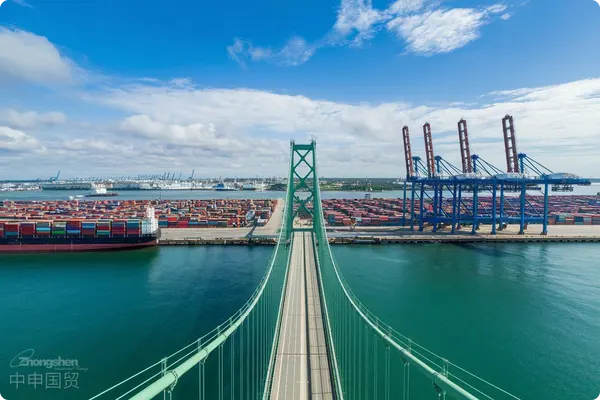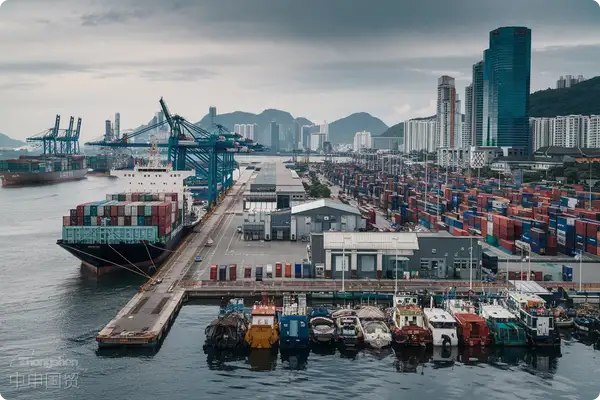- Shanghai Zhongshen International Trade Co., Ltd. - Two decades of trade agency expertise.
- Service Hotline: 139 1787 2118

Global Healthcareequipment. For example, Indonesia has the SNI certification, Thailand has the TISI certification, and the Philippines has the BPS certification. It is necessary to confirm in advance the equipment voltage (such as 380V/50Hz in Thailand), the compatibility of the CE certification, and the proof of environmentally friendly materials.New market trends
According to WorldMedical EquipmentAssociation projections, the global medical equipment market will exceed $620 billion by 2025, with Chinas imports expected to account for 38% of emerging market volume. Against the backdrop of sustained growth in three major categories - high-end imaging equipment, minimally invasive surgical instruments, and AI diagnostic systems,Import Representationservices faceincreasingly complex registration certifications,accelerating technical standard updates,adjustments to multiple countries rules of originand other new challenges.
Core Control Nodes for the Entire Import Process
Professional agency service providers must manage the following key aspects:
- Preparation Phase for Market Access Qualifications
- Verify whether the product is listed in the Catalog of Imported Medical Device Registration
- Confirm that the overseas manufacturer holds valid GMP certification
- Prepare clinical evaluation reports required by CFDA (including newly added AI algorithm validation documents for the 2025 version)
- Practical Operations for Customs Declaration and Clearance
- HS code classification requires special attention to category adjustments under 8532/9018/9022
- Address CE certification conversion under the EUs new MDR regulations
- Handle equivalence recognition between Japans PMDA certification and domestic standards
2025 Compliance Upgrade Reminder
This years technical trade measures show three significant changes:
- Product Registration Dimension: Implantable devices require supplementary biocompatibility traceability documents
- Labeling Management Requirements: Added multilingual warning label specifications
- Tax Policy Adjustments: Provisional tax rates for certain diagnostic and therapeutic equipment extended to 2026
Three-dimensional cost optimization model
Professional agency services can achieve cost reduction and efficiency improvement through the following approaches:
- Tariff Planning Aspect
- Utilize accumulation rules under the RCEP agreement
- Apply for tax exemption qualifications for scientific research equipment
- Logistics solution design
- Temperature-controlled packaging solutions for precision instrument transportation
- Bonded warehouse configuration for multi-batch imports
Enlightenment from typical dispute cases
In a case where a provincial tertiary hospitals imported linear accelerator encountered customs clearance delays, the agency service provider achieved 21-day rapid clearance through the following measures:
- Pre-review the source code filing for the equipment software system
- Coordinate with third-party testing agencies for on-site verification
- Apply the customs two-stage access supervision model
Professional agency service value map
Three Core Competencies of High-Quality Service Providers:
- Technical document conversion capabilityAccurately translate the technical parameters of FDA 510(k) documents
- Risk Early - Warning SystemTrack the global medical device vigilance database
- Emergency response mechanismEstablish a 48-hour rapid response channel
Related Recommendations
Category case
Contact Us
Email: service@sh-zhongshen.com
Related Recommendations
Contact via WeChat

? 2025. All Rights Reserved. Shanghai ICP No. 2023007705-2  PSB Record: Shanghai No.31011502009912
PSB Record: Shanghai No.31011502009912









